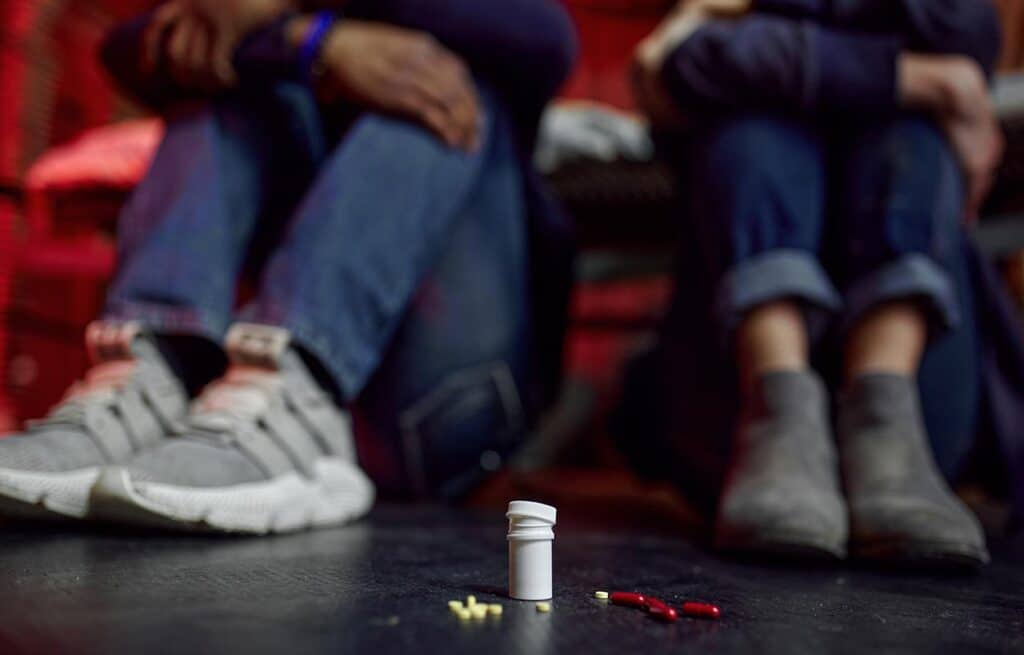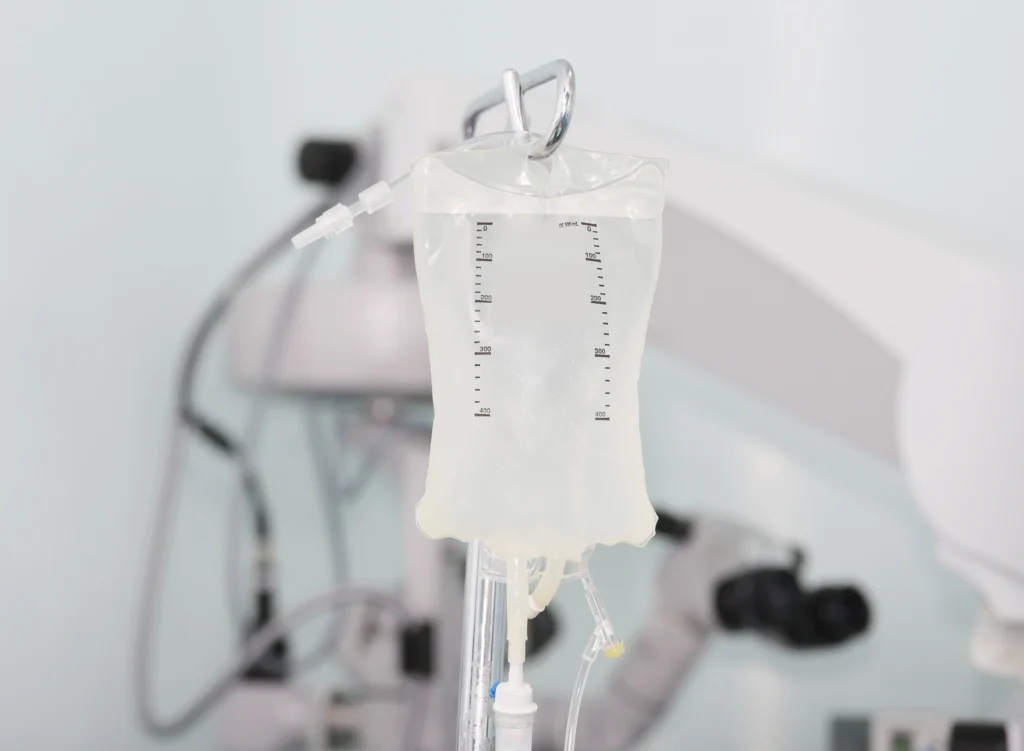What Is Cotton Fever? Symptoms, Treatment, and Prevention

Cotton fever is a medical condition mimicking an infection often occurring with intravenous (IV) drugs filtered through cotton fibers. It typically has symptoms like a rapid heart rate and a fever, though no infection exists.
In many cases, cotton fever is a self-limited condition that requires supportive care and isn’t dangerous, but rare complications can occur.
Key Points
- Cotton fever is a medical condition that occurs with intravenous (IV) drugs that use cotton as a filter.
- As the name suggests, cotton fever often has a high fever and general malaise that seems like an infection.
- Though cotton fever is generally self-limiting, there can be rare complications.
What Is Cotton Fever?
Cotton fever is a condition characterized by a high fever. It’s associated with the use of IV drugs that use cotton as a filter, such as illicit IV drugs. There’s no incidence of cotton fever with prescription IV drugs.
Cotton fever can have intense and uncomfortable symptoms but is not usually life-threatening. If you’re using IV drugs often enough to get cotton fever, however, it is a concerning sign of drug abuse.
Cotton Fever Causes
Cotton fever may be caused by the cotton that’s used to filter IV drugs, such as heroin. However, some cases of cotton fever have occurred without cotton as a filter. Researchers don’t fully understand the causes of cotton fever, but it’s believed to be the immune system’s response to cotton particles left behind in the drugs, which enter the body through IV drug use. The immune system may have a temporary response that causes a fever.[1]
Once cotton particles are in the bloodstream, chemical reactions may trigger a fever and a general feeling of illness. Some experts believe that cotton fever results from an endotoxin response from the Enterobacter agglomerans bacteria that live in cotton.[2] Though mild, this toxin can end up in the drug and enter the bloodstream, triggering an immune response.
Cotton Fever Symptoms

There isn’t a lot of research into cotton fever, so it doesn’t have an established list of symptoms. Several symptoms are often reported, however, including:[3]
- High fever
- Chest pain
- Abdominal pain
- Headache
- Chills
- Shortness of breath
- Rapid heart rate
Cotton fever symptoms usually occur immediately after the use of an IV drug that’s filtered with cotton. However, it’s a diagnosis of exclusion once other possibilities have been ruled out.
How Is Cotton Fever Treated?
There’s no definitive cause for cotton fever, so the treatment focuses on supportive care to relieve the symptoms. In most cases, treatment isn’t needed because the condition is self-limiting, with symptoms that go away after about 12 to 48 hours, with or without treatment.[4]
Some conditions can appear, like cotton fever, so it’s important to consider other options. If supportive care and time don’t relieve cotton fever, there may be another cause of the symptoms.
Is Cotton Fever Dangerous?
Though cotton fever is uncomfortable, it doesn’t usually have dangerous symptoms or complications. The symptoms usually subside within a half day or day, but supportive care may be necessary to reduce discomfort. Some people can manage the symptoms of cotton fever on their own with over-the-counter nonsteroidal anti-inflammatory drugs (NSAIDs) or acetaminophen.
What Are IV Drugs?
Intravenous drugs, or IV drugs, are drugs that are injected into a vein instead of ingested, snorted, or smoked. Some common IV drugs include heroin, methamphetamine, and cocaine. Prescription opioids and stimulants can be used IV as well in medical settings, but with illicit use, these drugs are injected by crushing tablets and dissolving them in water.
When you inject drugs into a vein, it causes a rapid onset of effects because the drug is delivered directly to the bloodstream. This often requires a lower dose but brings an intense, rapidly fading high. Injecting a drug can lead to repeated use to maintain the high, building dependence and addiction.
Recreational drugs have more risks than just cotton fever, however. Along with the risks of the drug itself, injecting a drug can cause injection site reactions, bloodborne illnesses like HIV or hepatitis, and an increased risk of overdose.
When to Seek Medical Treatment for Cotton Fever
Cotton fever is associated with IV drugs and often happens immediately after use. If you experience cotton fever, you can treat the symptoms at home and wait for them to subside without intervention.
However, cotton fever has possible complications, particularly the habits that lead to it. IV drug use is dangerous for many reasons, but it’s often associated with a severe addiction with an increased risk of overdose.[5] Cotton fever doesn’t usually happen with occasional IV drug use, so experiencing it may indicate that your drug abuse or addiction has progressed.
Based on the Diagnostic and Statistical Manual of Mental Disorders (DSM-5), addiction is a substance use disorder with the following criteria:[6]
- Taking a substance in larger amounts or over longer periods than intended
- A persistent desire or unsuccessful effort to cut down or control substance use
- Spending a lot of time to obtain, use, or recover from substance use
- Experiencing cravings for a substance
- Recurrent use of a substance that interferes with major role obligations at work, home, or school
- Continued use of a substance despite persistent or recurrent social or interpersonal problems
- Giving up important social, occupational, or recreational activities to engage in substance use
- Substance use in risky situations, such as driving under the influence
- Continuing substance use despite knowledge of having persistent or recurrent physical or psychological problems
Treating IV Drug Addiction
Addiction can be difficult to overcome, but help is available. Addiction treatment programs can treat not only the physical symptoms of withdrawal and cravings – particularly with certain drugs – but also the emotional and psychological factors that contribute to compulsive drug use.
Some drugs have intense withdrawal syndromes with life-threatening symptoms, such as alcohol and benzodiazepines. Medical detox may be necessary to get through withdrawal as safely and comfortably as possible.
Once detox is complete, it’s best to transition into a comprehensive addiction treatment program with individualized care. This may be inpatient or outpatient treatment, but often includes group counseling, talk therapy, behavioral therapies, support groups, and other evidence-based care.
Get Help for Addiction
Cotton fever is an uncommon but uncomfortable condition that’s associated with IV drug use and drugs filtered through cotton, such as heroin. While the condition is usually self-limiting, it’s usually a sign that drug use has gotten uncontrollable and potentially dangerous.




